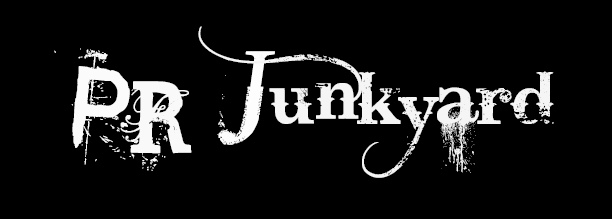
In the fifties, the only video recordings of bands were based in TV stations where bands were invited to perform on TV shows such as Bandstand and Uptight, the Ed Sullivan Show (US) and Top of the Pops (UK). At the time, only the biggest bands made their own self-promoting videos, such as the Beatles and the Rolling Stones. In the seventies, the climate changed so that shows were developed specifically for broadcasting and promoting the videos of bands. Legendary shows including Countdown and the pioneer of the 24 hour of marathon music video broadcasting, Music Video were the fore bearers of the great institution of MTV, beginning in the 1980’s in America and spreading to Australia in the mid eighties. Video Killed the Radio Star was the first song played on MTV in 1981. MTV's line-up originally consisted almost entirely of rock videos, short films in which singers or groups usually lip-synched their newest releases. MTV’s own style, widely imitated, was typified by jump-cut camera work and busy graphics carefully designed to look spontaneous (Knight 2000, pg1). Closer to home, without a video it was hard for overseas bands to get exposure in such an “isolated” country, for a long time Australia was not included on the tour bill. The Australian music video industry developed along the same lines as the industries of other major Western music centres such as UK and USA, although initially it was dwarfed by the size of those industries.
Bands and musicians have always been image conscious, with the wish to exude a specific attitude relevant to their audience. Different genres of music seem to create a following of groups or subcultures that emaulate a particular personal style that visually represents that genre of music. Visually, one is remided of a style of music through the style/fashion that an individual incorporates onto their body. The current Hip hop scene has created its own subculture, with a strong egotistical focus. In turn making the viewer wonder if the contemporary music video is just a maxicommercial where advertisers subliminally place products and PR practitioners watch the media feed off their client’s clips.
Record albums are often the first point of physical contact a listener will have with a band they like; a standout album cover is therefore important. From the vinyl record to the cd, covers have been historically and visually analysed by critics and listeners. Professional artists may even become involved in the process, for example Andy Warhol designed the cover for the Sticky Fingers album for Rolling Stones, featuring a real zipper on the original vinyl. Pink Floyd considers the multi-dimensional aspects with colour, shape and almost brings the viewer into the scenery of the cover of Dark Side of the Moon.


The use of posters, logo and even the name of the band, takes music marketing into a new form of art. Posters and logos must give a sense of recognition that evokes in the viewer the desire to research the band further. Often the most effective logos are the most simplest (an age old idea), for example the Pink Floyd triangle/rainbow symbol, the Rolling Stones mouth, the ACDC lighting bolt, the Queen logo, or Outkast’s crown logo. Some bands have their band name in a constant recognisable font to distinguish them, for example NOFX, My Chemical Romance and Kiss. Some artists go even further and utilise a specific hand gesture, such as rapper Jay-Z.
In contemporary life, online strategies are very important in the promotion of a band. Images are essential in Internet presence. The website needs to be user-friendly. Something may look fantastic, with interesting images, but then it takes hours to simply navigate around to the gallery page. Often, the band’s logo will feature throughout the website, as well as a picture gallery including album images and photos of band members.



























